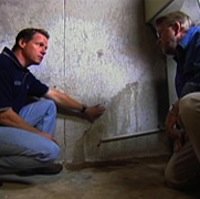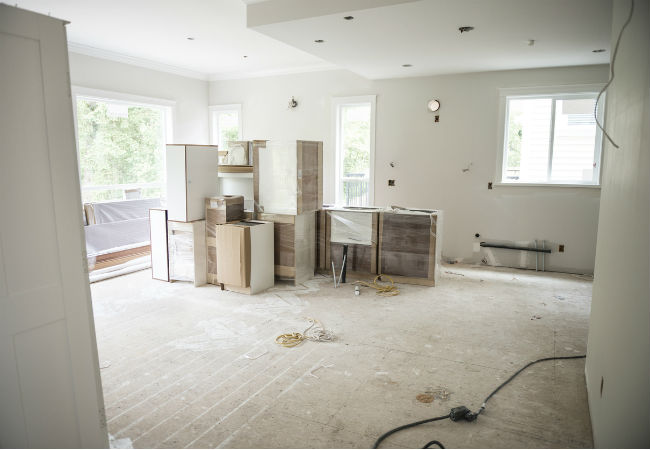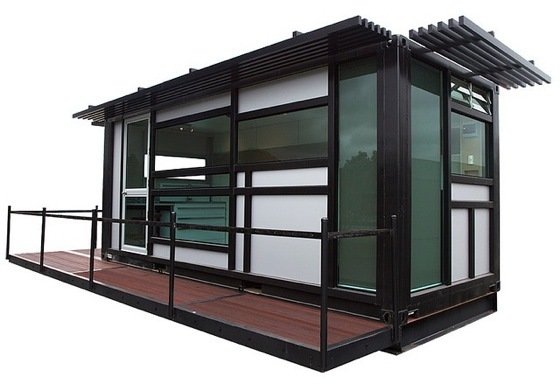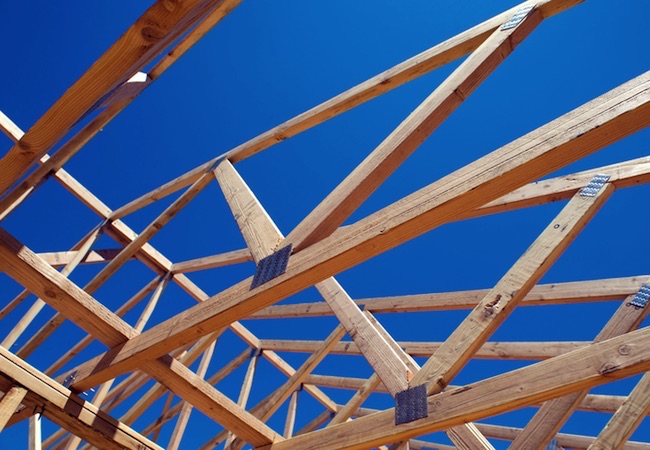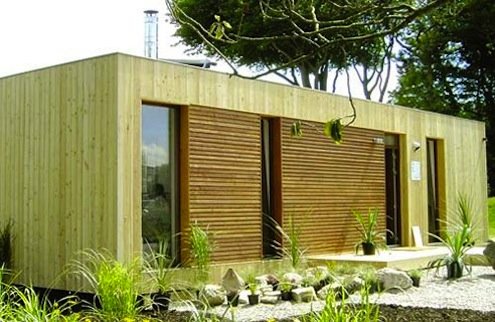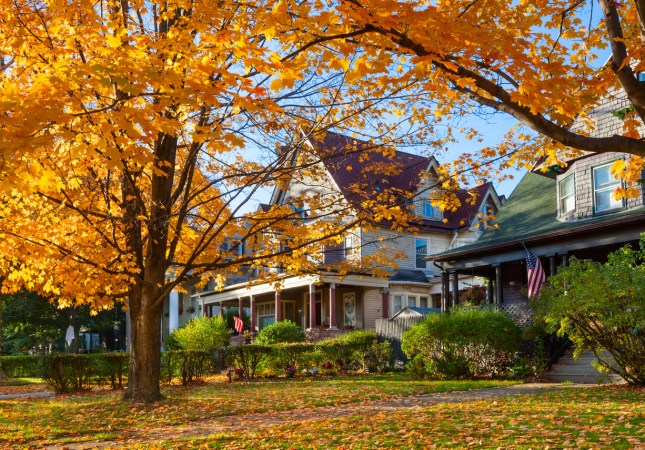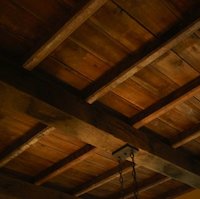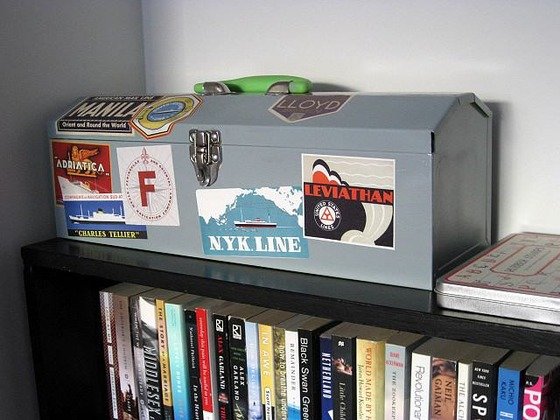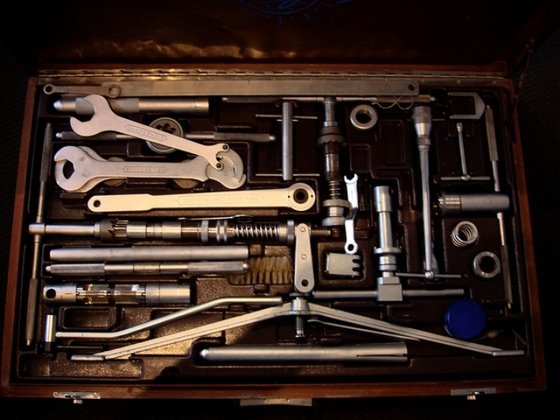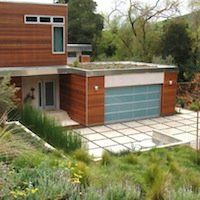We may earn revenue from the products available on this page and participate in affiliate programs. Learn More ›
If you are looking for a good quality, super-insulated and super-strong house, a modular home using structural insulated panels, or SIPs, may be the right choice.
SIP homes offer two very important benefits. First, they are two to three times better insulated than traditionally built modular homes because the walls are made of solid foam sandwiched between two layers of oriented strand board (or OSB), which makes it airtight. Second, the SIP wall system is three to five times stronger than a traditional modular home’s wall system due to its design.
History of Structural Insulated Panels
Homes constructed of structural insulated panels are only about 10 years old. In 2000, the first all-energy-efficient foam SIP-manufactured home was built by Pacific Northwest National Laboratory in partnership with Champion Enterprises, Precision Panel Structures, Premier Building Systems, and other partners. It was constructed to lower heating and cooling costs up to 50 percent compared to a manufactured home built to the minimum housing code.
When construction was completed in the manufactured housing factory, the structural insulted boxes were put on trailers and underwent a 300-mile trip to where they were to be set. This “road test” turned out to be a great indicator of the house’s structural performance. Unlike a traditionally framed modular home, there were very few cracks in the gypsum board finish materials used on the walls and ceiling, meaning less patch work and less money to pay a contractor.
The University of Virginia’s School of Architecture is just one institution that is looking at alternatives to traditional stick-built houses. It offers a research and design/build/evaluation project called the ecoMOD, which has been creating ecological, modular, and affordable house prototypes since 2004.
Use of SIPs Today
A modular home constructed with structural insulated panels offers a fast, energy-efficient, and healthy approach to building. These homes are made in a factory-controlled environment so they are standardized and reliable. Since SIPs are prefabricated in the factory, there is less job site waste, since less material needs to be sent to the landfill. Factory fabrication is often processed with optimization software and many manufacturers recycle factory scrap to make other foam products.
A SIP building envelope provides high levels of insulation and is extremely air-tight, meaning the amount of energy used to heat and cool a home can be cut by up to 50 percent. The energy that powers homes and commercial buildings is responsible for a large portion of the greenhouse gases emitted into the atmosphere. Reducing the energy usage of buildings enables architects, builders, and homeowners to contribute to a cleaner environment.
The insulation used in SIPs is a lightweight, rigid foam plastic composed of 98 percent air and requires only a small amount of petroleum to produce. The foam insulation used in panel cores is made using a non-CFC (chlorofluorocarbons) blowing agent that does not threaten the Earth’s ozone layer.
Building an SIP Modular Home
Many homeowners find the process of shopping for a SIP modular home to be difficult and confusing. It is not like shopping for a new car or stove because there are no consumer magazines offering product comparisons, reviews, and recommendations.
Thus, it’s essential to find a knowledgeable modular design and build team that will offer the home at a fair price and provide informational support, with additional information provided by such resources as The Modular Home Book by Andrew Gianino, Ph.D. and the Structural Insulated Panel Association.
Many of the most qualified designers and builders may have little experience with building modular homes with SIPS. Your design/build team must also work with a modular factory that offers SIPs. While many factories have yet to accommodate SIP construction, two innovative modular companies do: EcoStructures in Maidsville, WV, and Homes by Detail in McClellan, CA. Ultimately, the factory is part of your design/build team and modular manufacturers are all very different in what they can design and build. It is very important to check references of both the the builder and the modular manufacturer.
One Home’s Story
In the summer of 2008, Penn Lyon Homes of Selingsgrove, PA, Murus, an SIP maker in Mansville, PA, and local contractors constructed a SIP modular home on a rural lot in Massachusetts. This Colonial style home was over 3,700 square feet with SIP exterior walls with an R-40 insulation rating. According to Steven Winters Associates the company that was hired to commission this LEED-certified home, this home will use 62 percent less energy than a code-built house, which is built to the minimum standards of construction, alteration, or demolition.
Modular homes are built fast, but design and planning require a significant amount of time, with even more required when SIPs are used. With that understanding, the possibility of purchasing a modular home constructed with SIPs has many benefits. It is more affordable to own in the long-term, is more efficient, costs less to heat and cool, and requires less ongoing maintenance.
